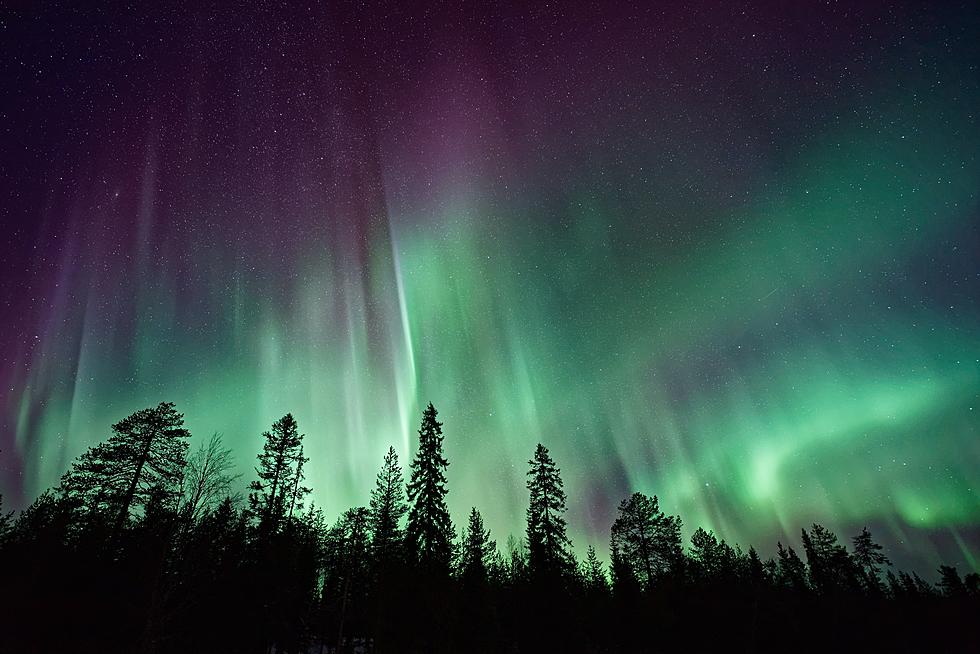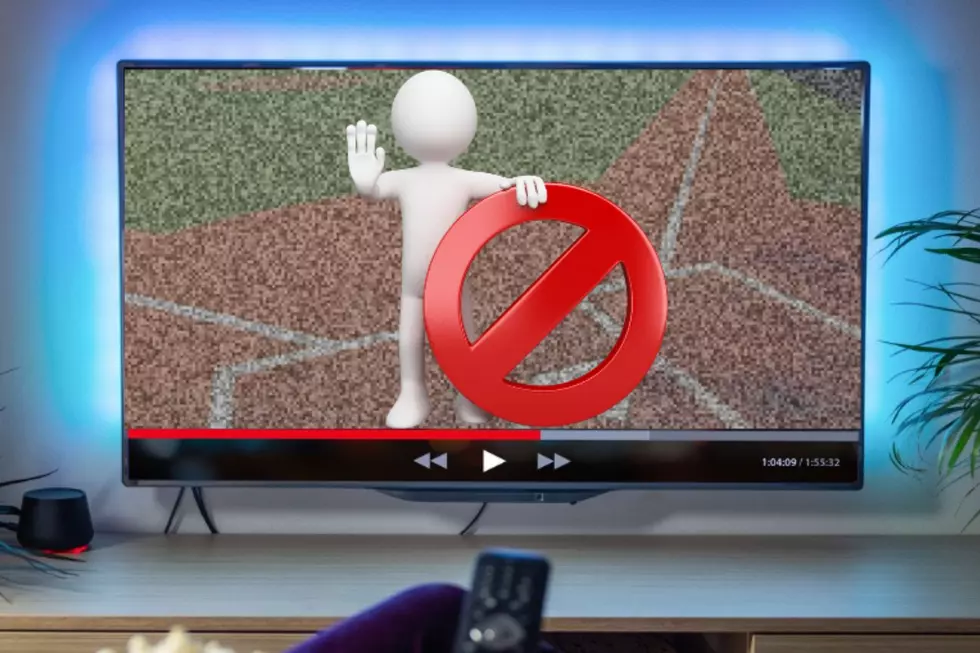
How you could maybe see the Northern Lights from New Jersey
One of the most spectacular atmospheric phenomena might be visible from New Jersey this week.
The Aurora Borealis could be visible from about 10 p.m. to 2 a.m. on Thursday night.
Some of the conditions that influence visibility include cloud cover, light pollution, and the strength of the solar wind.
According to Space.com, the aurora borealis is a surprisingly violent event:
Energized particles from the sun slam into Earth's upper atmosphere at speeds of up to 45 million mph (72 million kph), but our planet's magnetic field protects us from the onslaught. As Earth's magnetic field redirects the particles toward the poles — there are southern lights, too…. the dramatic process transforms into a cinematic atmospheric phenomenon that dazzles and fascinates scientists and skywatchers alike.
That being said, don’t let your hopes get too high; according to the Washington Post, it’s hard to predict the conditions ahead of time.
Forecasting them more than three days out is kind of like wishcasting,” said Chris Wicklund, a meteorologist in Minnesota. “I think a lot of people are going to be disappointed Thursday.
If there is something to see, here’s how to look:
The Space Weather Prediction Center says the best time to view the aurora is usually between 10 p.m. and 2 a.m. local time.
You don't need any special equipment to see auroras.
⭐ Pick a spot where there is little light pollution.
⭐ Get to a higher elevation if possible.
⭐ Check the forecast for signs of clouds or precipitation, which could block your view.
⭐ Scan the skies — while northern is in the name, they can appear from all directions.
Again, don’t get your hopes up, but it’s worth taking a look.
KEEP READING: Get answers to 51 of the most frequently asked weather questions...
LOOK: 31 breathtaking images from NASA's public library
Opinions expressed in the post above are those of New Jersey 101.5 talk show host Bill Doyle only.
You can now listen to Deminski & Doyle — On Demand! Hear New Jersey’s favorite afternoon radio show any day of the week. Download the Deminski & Doyle show wherever you get podcasts, on our free app, or listen right now.
Click here to contact an editor about feedback or a correction for this story.
More From New Jersey 101.5 FM









